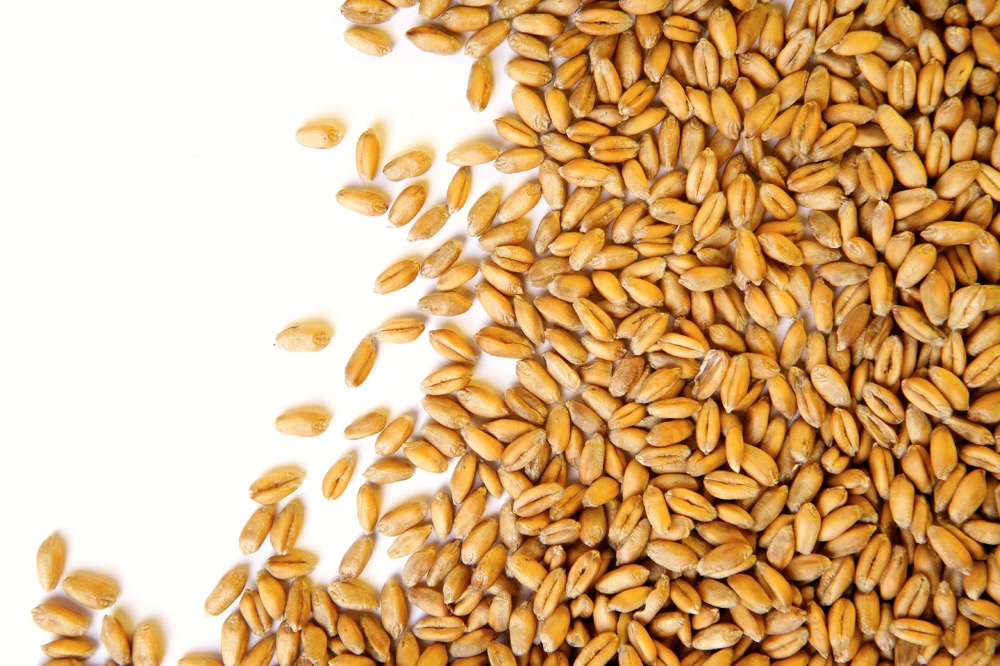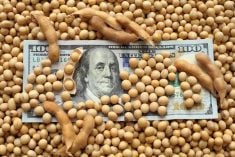Chicago | Reuters — U.S. forecasts for increasing crop inventories on Thursday drove corn and soybean futures to their lowest prices in more than three years as traders remained worried about strength of demand.
Traders are assessing supply estimates for the next crop year after U.S. farmers brought in a record corn harvest in 2023.
At its annual outlook forum, the U.S. Department of Agriculture predicted U.S. corn stocks would balloon about 17% from the end of the 2023/24 marketing year to 2.532 billion bushels by the end of 2024/25. That would be the most since 1987/88.
Read Also

IGC raises 2025/26 world wheat crop forecast
The International Grains Council has raised its forecast for 2025/26 global wheat production with crop outlooks upgraded for Russia, the United States and Argentina.
Soybean ending stocks are expected to climb 38 per cent to 435 million bushels by the end of the 2024/25 marketing year, the highest since 2019/20, the USDA said.
Analysts had projected 2024/25 soybean stocks at 411 million bushels and corn stocks at 2.594 billion bushels.
“What can you say when you have a carryover over 2.5 billion on corn and 435 million on soybeans? It’s not really anything bullish to hang your hat on,” said Don Roose, president of brokerage U.S. Commodities.
Most-active soybean futures ended 8-1/4 cents lower at $11.62-1/4 per bushel at the Chicago Board of Trade, while CBOT corn closed down 6-1/2 cents at $4.17-3/4 a bushel. Both markets hit their lowest levels since December 2020.
CBOT wheat Wv1 dropped 18-1/2 cents to $5.67 per bushel and touched the lowest level since Nov. 28. Deferred months set contract lows.
U.S. grains and soybeans face tough competition for export business from South America and the Black Sea region. A firm dollar, which reached three-month highs this week, also makes U.S. farm products look costlier for importers. FRX/
“Many of these markets are oversold, with managed money holding massive short positions,” said Arlan Suderman, StoneX chief commodities economist. “Thus far there isn’t a headline to create concern among these money managers to cause them to change their positions.”
The National Oilseed Processors Association said January U.S. soybean crushings dropped by more than expected from a record high the previous month.
(Reporting by Tom Polansek in Chicago, additional reporting by Gus Trompiz in Paris and Peter Hobson in Canberra; Editing by Sherry Jacob-Phillips, David Goodman, Shailesh Kuber and Cynthia Osterman)












